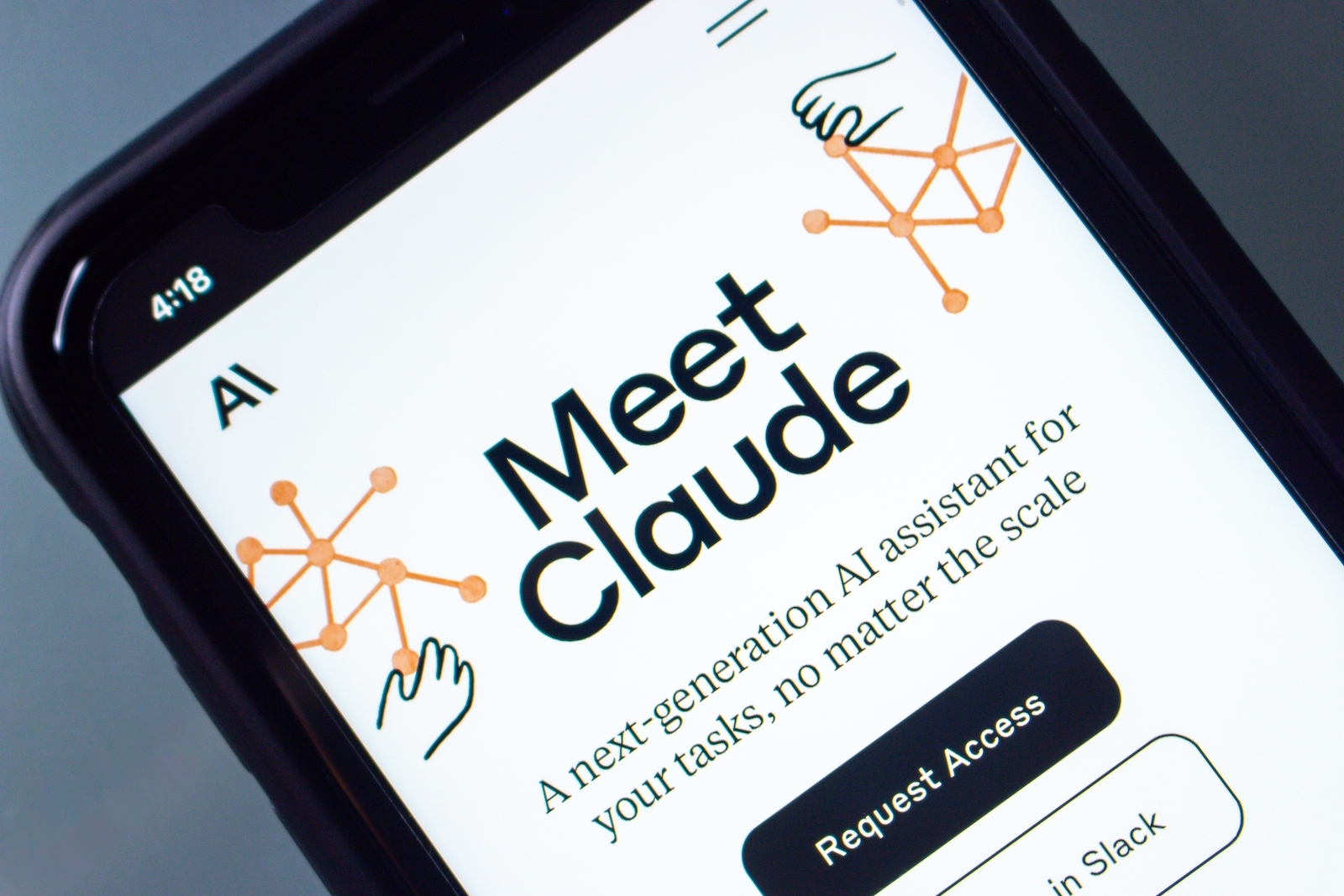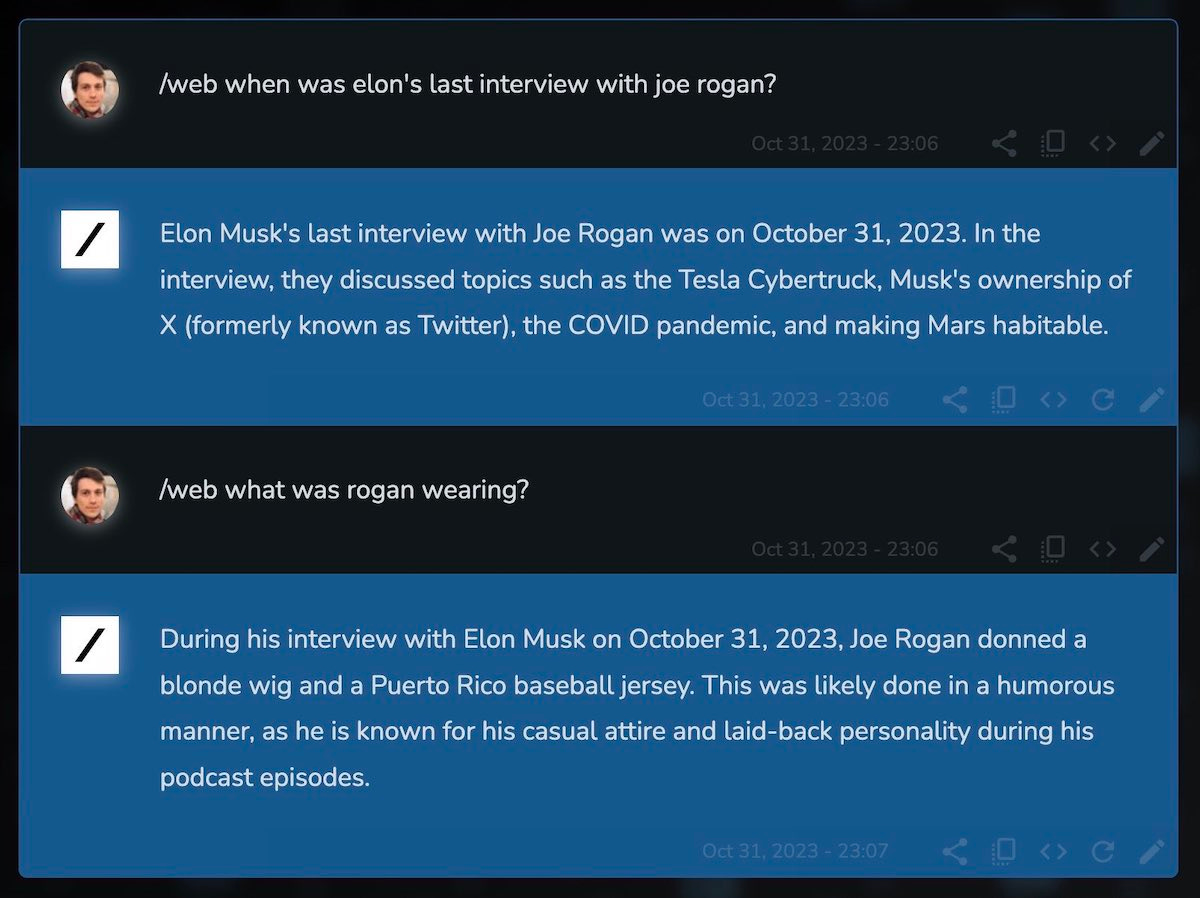1. ChatGPT (by OpenAI)

Why it stands out:
ChatGPT continues to dominate the AI-chatbot landscape. According to one study, it recorded ~46.6 billion visits in 2025 — nearly half of all traffic among the top chatbots.
Its ecosystem is broad: multiple integrations, plugin support, wide developer and user adoption.
Strengths:
- Very strong general-purpose conversational abilities (writing, summarizing, brainstorming).
- Large ecosystem; plugins/extensions mean it can do more than just “chat”.
- Good documentation and community.
Limitations: - Because it’s so broadly used, the “wow” factor may be less than some niche tools.
- Free/low-cost tiers may impose usage limits or slower access.
- As with many LLM‐based chatbots, risks of “hallucinations” (made-up content) remain.
Best for: Anyone looking for a reliable, general-purpose AI assistant for writing, research, productivity, brainstorming.
2. Gemini (by Google DeepMind)
Overview:
Gemini is Google’s flagship chatbot/assistant offering, tightly integrated with Google’s ecosystem (Search, Workspace, etc.). It recorded ~1.66 billion visits in 2025.
Strengths:
- Strong access to real-time data and the web (given Google’s infrastructure).
- Good integration with Google apps (Docs, Sheets, etc) which can boost productivity for users already embedded in that ecosystem.
Limitations: - While strong, it still trails ChatGPT in overall market share and perhaps in breadth of plugins/integrations outside Google’s universe.
- Some users report its creative output or general conversational “humanness” may be slightly behind the leader in certain use-cases.
Best for: Users already embedded in Google’s productivity ecosystem, or those who want tight integration with search and Google services.
3. Claude (by Anthropic)

Overview:
Claude has carved out a niche for reliability, safety, and long-form capabilities. It reported ~1.15 billion visits in 2025.
Strengths:
- Excellent at handling large documents / long context conversations (which many chatbots struggle with).
- Focus on safe and ethical AI; this may be important in regulated industries or use-cases requiring less risk.
Limitations: - May not have quite as many third-party plugins or as broad a user-community ecosystem as ChatGPT.
- Depending on use-case, some users report slightly less creative flair (though that may be changing).
Best for: Enterprises, professionals, or power-users who need deep contextual conversations, document summarization, research-heavy tasks, or who place a premium on safety/alignment.
4. Perplexity

Overview:
Perplexity takes a slightly different tack — combining chat-style interactions with search/answer-engine features. It logged ~1.47 billion visits in 2025.
Strengths:
- Good for queries where you want direct, citation-backed answers rather than just a conversational tone (“what’s the summary of X research paper?”).
- Useful for research, academic work or tasks where accuracy and traceability matter.
Limitations: - Might not have as broad “creative” features (e.g., storytelling, free brainstorming) as some other tools primarily built for that.
- Depending on the task, may behave more like “search + chat” rather than a purely generative assistant.
Best for: Researchers, students, knowledge-workers who want reliability and transparency in answers, not just chat.
5. Grok (by xAI)

Overview:
Grok is a newer entrant but gaining attention for its unique style and integration with social platforms (particularly X, formerly Twitter).
Strengths:
- Fresh interface and style; potentially more “social” chat-experience.
- May appeal to users looking for something less traditional, or embedded in social contexts.
Limitations: - Because it’s newer, it may not yet have the same depth of features, plugins, or institutional presence as the more established players.
- Might be more experimental; perhaps less suitable for heavy duty enterprise tasks without careful vetting.
Best for: Users curious about newer experiences, people active on social platforms wanting AI assistance embedded there, or those wanting to experiment.
Choosing the right chatbot: factors to consider
- Purpose: Are you writing content, doing research, automating workflow, or simply chatting/learning?
- Ecosystem: Do you already use one of the vendor’s services (Google Workspace, Microsoft Office, etc)? Integration matters.
- Context-length & document handling: If you’ll feed large documents or have long conversations, the ability to handle “long context” is crucial (Claude excels here).
- Safety & reliability: For regulated industries, or for tasks where accuracy matters (legal, medical, academic), pick a tool with strong safety/alignment credentials.
- Cost & access: Free vs paid tiers, usage limits, enterprise licenses.
- Novelty vs stability: Newer tools like Grok may offer innovation but also may have more risk; established ones bring stability and community support.
- Availability & localisation: Depending on your region (e.g., EU, Asia), some tools may differ in availability, data-policy, language support.
Final thoughts
The landscape of AI chatbots in 2025 is rich and evolving rapidly. While ChatGPT remains the clear market leader, the competition is healthy and the “right” tool depends heavily on what you need it for.
If I were to pick one general recommendation: start with ChatGPT for broad flexibility, then evaluate others (Gemini, Claude, Perplexity, Grok) based on your niche needs around integration, research-depth, or social/experiential style.
